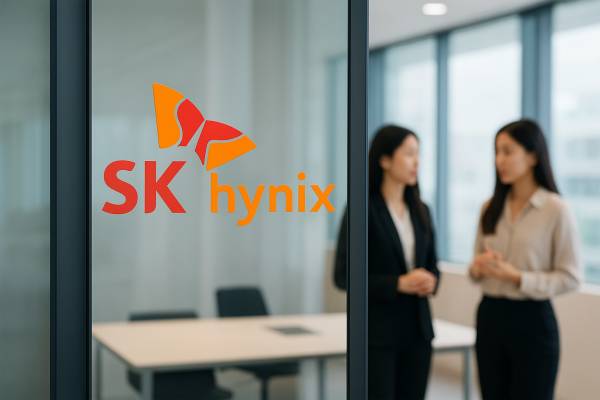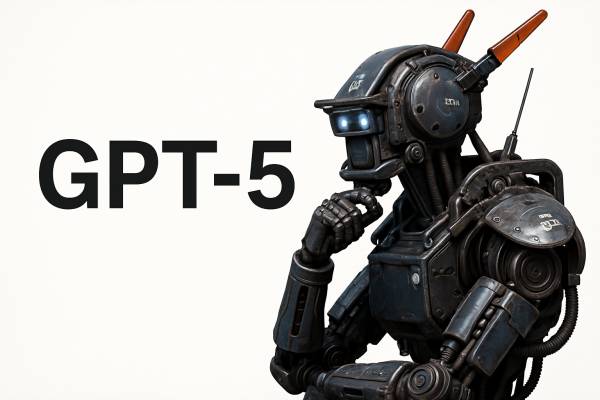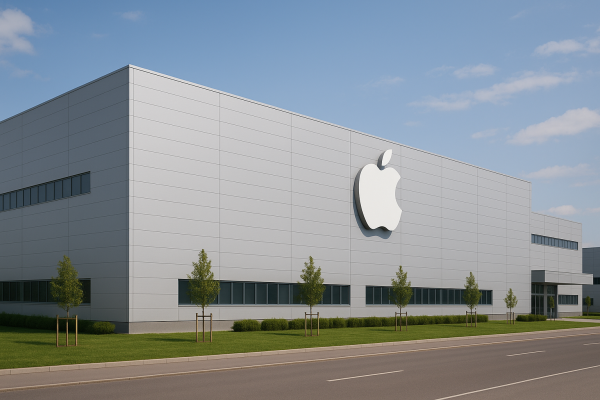OpenAI’s upcoming language model, GPT-5, has become one of the most anticipated technological developments in recent months. Following the release of GPT-4o and the specialized o1 models, attention is now shifting to this next-generation model, which—according to rumors and hints from company leaders—may represent a significant leap forward in artificial intelligence capabilities. But what do we actually know so far, and what remains pure speculation?
Although OpenAI has not officially announced a specific release date, indications point toward a launch in 2025. Sam Altman, CEO of OpenAI, has repeatedly suggested that the leap from GPT-4 to GPT-5 will be at least as significant as the one between GPT-3 and GPT-4. At the same time, he has also described GPT-4 as "pretty lame"—a mix of high expectations and critical remarks that suggests a carefully considered, major advancement is underway.
Timelines and Uncertainties
The exact release schedule remains unclear. OpenAI typically launches new major versions every one to two years. Since GPT-4 debuted in March 2023, a 2025 release appears logical. Earlier media reports had predicted a summer 2024 launch, but the complexity of training and safety testing likely pushed that timeline back. OpenAI clearly prioritizes reliability and safety, including thorough “red teaming” processes to identify vulnerabilities. A November article in PCMag reported that, according to Altman, GPT-5 might not even be released in 2025—partly due to the recent introduction of the o1 models. However, just a few days ago, Altman stated on X that GPT-5 would be coming “soon,” prompting speculation that it could launch as early as this August. The situation remains fluid, but development appears to be in full swing.
GPT-5 as an Integrated System
It's important to understand that GPT-5 is unlikely to be just a single, more powerful model. OpenAI’s approach is shifting toward building a more unified and integrated system. The GPT-4o (“omni”), released in May 2024, already signaled this direction by combining text, audio, and image processing into a seamless experience. This was followed by the o1 models, which brought significant advancements in reasoning capabilities.
Plans reportedly include a GPT-4.5 model (internally codenamed “Orion”), which will eventually lead to the unification of the “o-series” and “GPT-series” technologies into a single, comprehensive GPT-5 system. This integrated system will incorporate technology referred to as “o3” and will be capable of determining how much "thinking time" a given task requires—pointing to enhanced reasoning capabilities. The ultimate goal is to create an AI system that "just works," eliminating the need for users to choose between different models.
What Could the New Generation Offer?
Advanced Reasoning: Sam Altman has repeatedly emphasized that reasoning is one of the most crucial areas for future model development. GPT-5 is expected to significantly surpass its predecessors in logic, problem-solving, and the use of common sense. Some speculate that this may involve the adoption of a “slow thinking” or “System 2” approach, allowing the model to take more time to consider its responses. The o1 models’ real-time reasoning already offered a glimpse into this kind of progress.
Seamless Multimodality: Building on the capabilities of GPT-4o, GPT-5 is expected to handle multiple modalities—text, image, audio, and potentially video—even more smoothly. Altman has identified video capabilities as a top priority, a direction supported by OpenAI’s work on its Sora model.
Massive Context Window: While GPT-4o offers a context window of 128,000 tokens, this limit could expand dramatically with GPT-5. For comparison, Google’s Gemini model already supports up to one million tokens, and OpenAI is likely aiming to exceed that. A larger context window would allow the model to handle much longer documents and conversations without losing coherence.
Personalization and Autonomous Agents: The future of AI lies in increasing levels of personalization and autonomy. GPT-5 is expected to provide more advanced tools for customizing both the model’s behavior and its knowledge base. This may include fine-tuning based on personal data or the creation of specialized AI agents. Platforms like Chatbase already enable the development of sophisticated agents that can interface with external systems (such as CRMs), schedule meetings, or even control smart home devices.
Access and Pricing
OpenAI is expected to implement a tiered access model for GPT-5:
-
Free Tier: Free ChatGPT users will have unlimited access to GPT-5 at a standard intelligence level, with safeguards to prevent abuse.
-
Plus Subscribers: Will gain access to a higher level of intelligence.
-
Pro Subscribers: Will have access to the highest level of intelligence, including voice interaction, the canvas feature, advanced research tools, and other premium capabilities.
While pricing details for GPT-5 have not yet been released, the current pricing structure suggests that the most advanced features will likely remain part of a premium offering.
Social and Ethical Implications
The arrival of GPT-5 could have significant implications across a wide range of industries—from content creation and customer support to software development and academic research. At the same time, it raises important ethical questions. The automation of jobs, the spread of misinformation and bias, and the potential for malicious use (such as deepfakes or sophisticated phishing schemes) all present real concerns.
In conclusion, GPT-5 promises to be a major step forward in the evolution of artificial intelligence. It’s not merely a stronger model but a more versatile, reliable, and integrated system that opens up new possibilities. As we await its official debut, it is essential to weigh its transformative potential alongside the risks it may pose. OpenAI’s commitment to safety and the ongoing dialogue around regulation will be critical to ensuring that this technology develops in a responsible and beneficial direction.

































